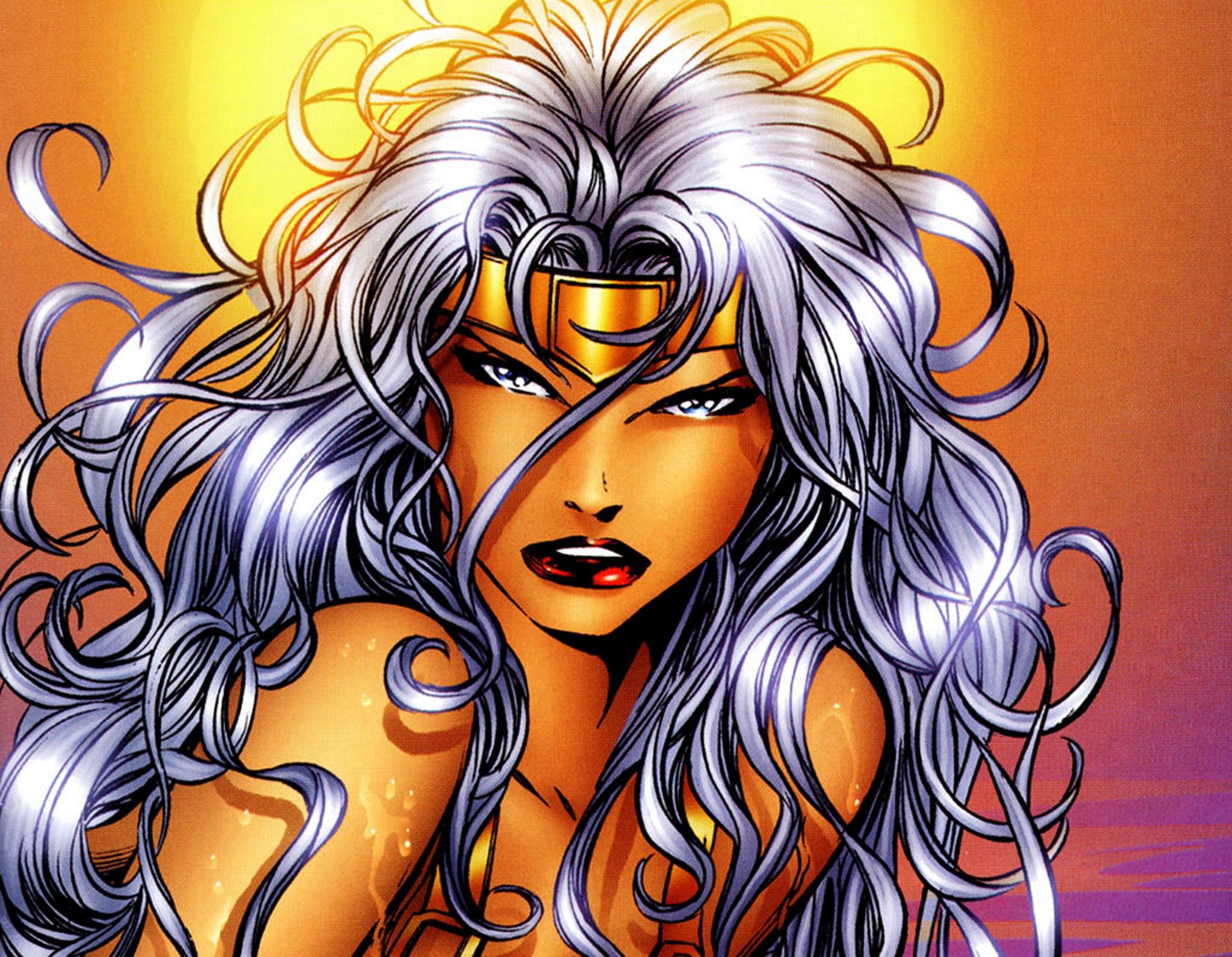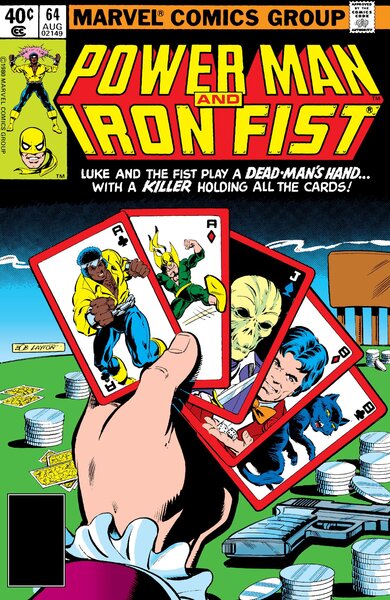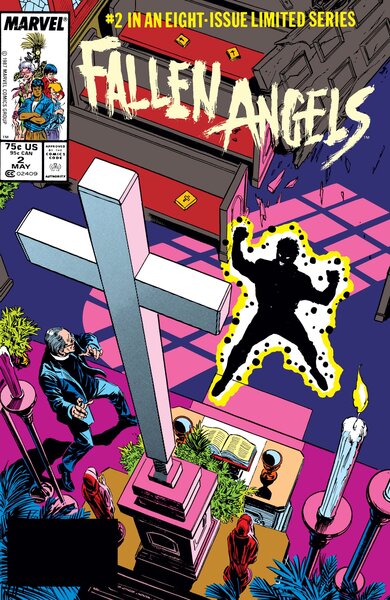Create a free profile to get unlimited access to exclusive videos, sweepstakes, and more!
Looking back on Jo Duffy's comic writing

Jo Duffy's first appearance writing in Marvel Comics was actually in their letters pages; she was a fan well before she got gigs working for the company. We love to see a FANGRRL make good, and Duffy's decade-spanning career writing and editing her early faves is exactly our kind of story.
Little is known about Duffy, so her career isn't the easiest to track. Her first credits were as an editor, which led to fill-in issues on Daredevil and The Defenders, which in turn led to ongoing gigs on Star Wars and Power Man and Iron Fist. Duffy has a heck of a legacy that doesn't always get the praise it deserves.
Duffy's formal introduction to Marvel was through a friend of a family friend named Stan Lee — but thanks to her letter writing to the publisher in her late teens, her name was already known among the editorial staff. She was hired by then editor-in-chief Archie Goodwin to begin working for the company in 1977 as a proofreader. Soon, Duffy moved on to editing work, where, according to an interview with PULP, she brought on Frank Miller for his first Marvel work in the form of a back-up story for Daredevil. She filled in on several issues before ultimately passing the editorial over to the newly-hired Denny O'Neil and became the managing editor of the Epic Illustrated line, which typically featured more mature content.
Two of Duffy's best-loved runs happened early in her career, one of which was Power Man and Iron Fist. Previously an overly serious exploitation-era comic with all the trappings, Duffy brought her characteristic humanization to the book, giving the friends a looser, more naturalistic bond and contributing to significantly better dialogue and character beats. While the series kept much of its street-level action intact, the interpersonal dynamics increased. Misty Knight and Colleen Wing were suddenly granted equal space, which led to a much more entertaining book.
The other of Duffy's highly-praised early works is her writing for the original Star Wars comic series. Despite the heavy pressures that come with working on licensed properties, her run truly stands out. Duffy's take on the franchise brought in longer, more character-driven arcs. She even introduced some new protagonists to the franchise, one of the most intriguing being a Zeltron named Dani, who initially seems to be a hyper-sexualized female character, but beneath that lies a much deeper origin for her behaviors and a far stronger core than initially perceived by the rest of the cast.
When the toy manufacturer Remco partnered with Marvel to create a comic around their The Saga of Crystar action figure line, Duffy was chosen to write the comic universe around the toys. Given the somewhat daunting task of world-building around a sparse concept with very specific marketing angles in mind, Duffy still managed to make Saga of Crystar fun. While the series might have its origins in the crass commercialism of '80s toy companies, it's still a lot of fun and features some inventive ideas. The characterization, which could very easily have been glossed over in such a project, comes across as believable.
With Fallen Angels, Duffy took a crack at the X-Men franchise, focusing on an unlikely team of mutant teenagers attempting to survive on the streets. New Mutant Sunspot is wracked with guilt over accidentally hurting his best friend during a game and flees his circle of friends, only to make new ones. Though Fallen Angels only ran for eight issues, it is still fondly remembered by a lot of X-Men fans to this day.
In the '90s, Duffy wrote freelance for several companies, including an Elvira series for Claypool, Dark Horse on their Dark Horse Presents series, the English language translation of Naruto for Viz Media, and the Image series Glory, adjacent to Alan Moore's Supreme. Again, Duffy took a character that others dismissed as a one-trick-pony and gave her a compelling personality and believable arc. Duffy's run set up the building blocks for the later critically-acclaimed reboot by Joseph Keatinge and Sophie Campbell, granting a character that was generally dismissed as a Wonder Woman knock-off a much more interesting story.
Duffy also wrote the first 14 issues of Catwoman for DC comics, making her one of the first women to ever work on a Catwoman book. The mid-'90s were full of crossovers, not just for Big Two books but for a lot of independent companies as well. Duffy's Catwoman series is broken up several times by Batman-related crossovers like Knightfall and Knightquest, which take up narrative space and make it impossible to create a fully cohesive arc. Despite that, Duffy grants us one of the first believably human takes on Selina Kyle. Gone is the hardened femme fatale trope of the past, and in its place we see a woman who's attempting to reconcile with the new directions her life seems to be taking. This era of Selina is a different world from the character we know today, but it was an important stepping stone to take Catwoman from the grim '80s to her modern era.
There are merely some highlights of Duffy's illustrious career in comics, and there are many more to be discussed — we didn't even touch on her translation of Akira! There is no arguing that this is a writer with a love for the medium who turned out excellent work on some surprising underdog titles. Duffy's ability to write cardboard or stereotypical characters believably improved more than one project, and her work on lesser-known titles at Marvel, DC, and other publishers deserves a lot more recognition than it gets.




























